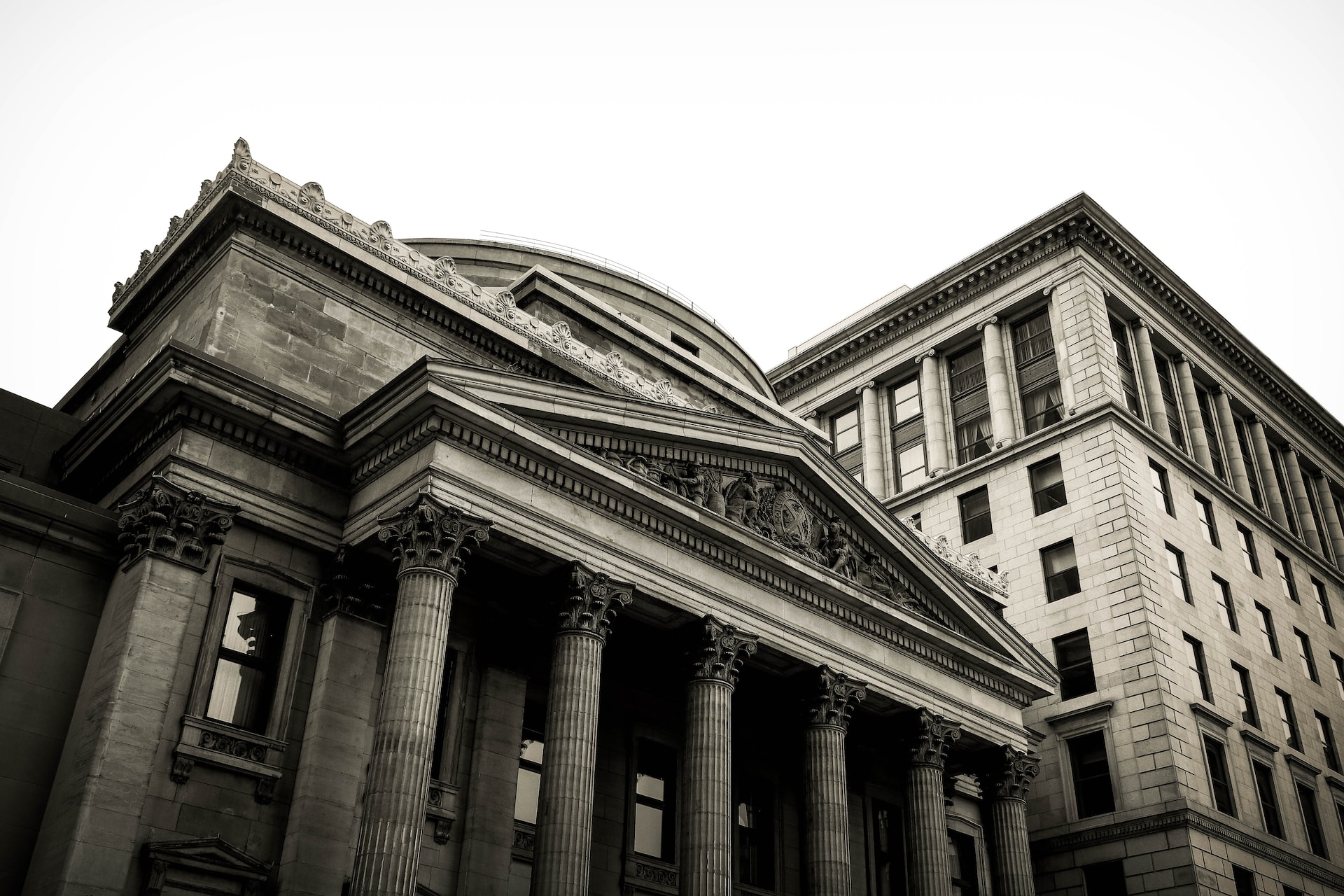
The Silicon Valley Bank Collapse Explained
Until Friday, March 10, 2023, Silicon Valley Bank (SVB) was the 16th largest bank in the United States, worth more than $200 billion. Over the course of four decades, SVB became the tech sector’s preferred bank and saw its deposits grow rapidly during the Covid-19 pandemic as consumers ramped up their spending on technology and digital services. Unfortunately, a series of poor investment decisions ultimately led to the bank’s demise.
Here's what led to Silicon Valley Bank’s collapse:
- Many tech companies deposited cash for payroll and other business expenses in SVB.
- As cash flowed into SVB, the bank invested a large portion of its deposits in long-term U.S. government bonds, including mortgage-backed securities (MBS).
- Since bond prices have an inverse relationship to interest rates, the values of these bonds fell as the Fed raised rates to fight inflation.
- These investments may not have been problematic had the bank been able to hold the bonds to maturity; however, with the tech sector being hit particularly hard by the current economic environment, many of SVB’s customers began withdrawing their deposits.
- The bank was forced to sell its bond holdings at a deep discount to meet customers’ withdrawal requests.
- On March 8, 2023, SVB announced a $1.75 billion capital raise; this announcement spooked customers and investors and ultimately led to a run on the bank as more customers withdrew their funds.
- Since most of SVB’s customers are businesses, the withdrawals happened quickly; thus, two days after the announcement to raise capital, the bank collapsed.
- SVB’s collapse marks the largest U.S. bank failure since the global financial crisis.
What does SVB’s collapse mean for the financial sector and overall economy?
- Naturally, many investors are wondering if this is the beginning of another financial crisis.
- The U.S. government contained immediate concerns of widespread contagion by guaranteeing all SVB customer deposits, as well as the deposits of Signature Bank, a smaller institution that collapsed over the weekend.
- The government is not saving SVB; it will stay collapsed unless an outside buyer can revive it; in addition, SVB shareholders and some unsecured creditors aren’t protected by the guarantees.
- Technology stock futures rallied in response to the government’s announcement, an indication that investors viewed the guarantee of deposits favorably for the tech sector.
- Longer term, the concern is whether other banks are overexposed to falling bond prices and could experience a similar collapse.
- To counter this risk, the Federal Reserve unveiled a new program allowing banks to borrow funds backed by government securities to meet demands from deposit customers.
- In addition, the largest U.S. banks are far better capitalized than they were ahead of the global financial crisis and their lending standards are far more stringent, putting them in a better position to deal with potential bank runs and loan defaults.
Unfortunately, many uncertainties remain for the technology sector, which has already been negatively impacted by inflation, rising interest rates, and the threat of economic recession. Meanwhile, the Fed may need to reevaluate its plan to continue raising rates if SVB’s problems are indicative of broader weakness in corporate balance sheets.
We will continue to monitor the situation and provide more information as appropriate. In the meantime, please don’t hesitate to contact us if you have additional questions or concerns.
